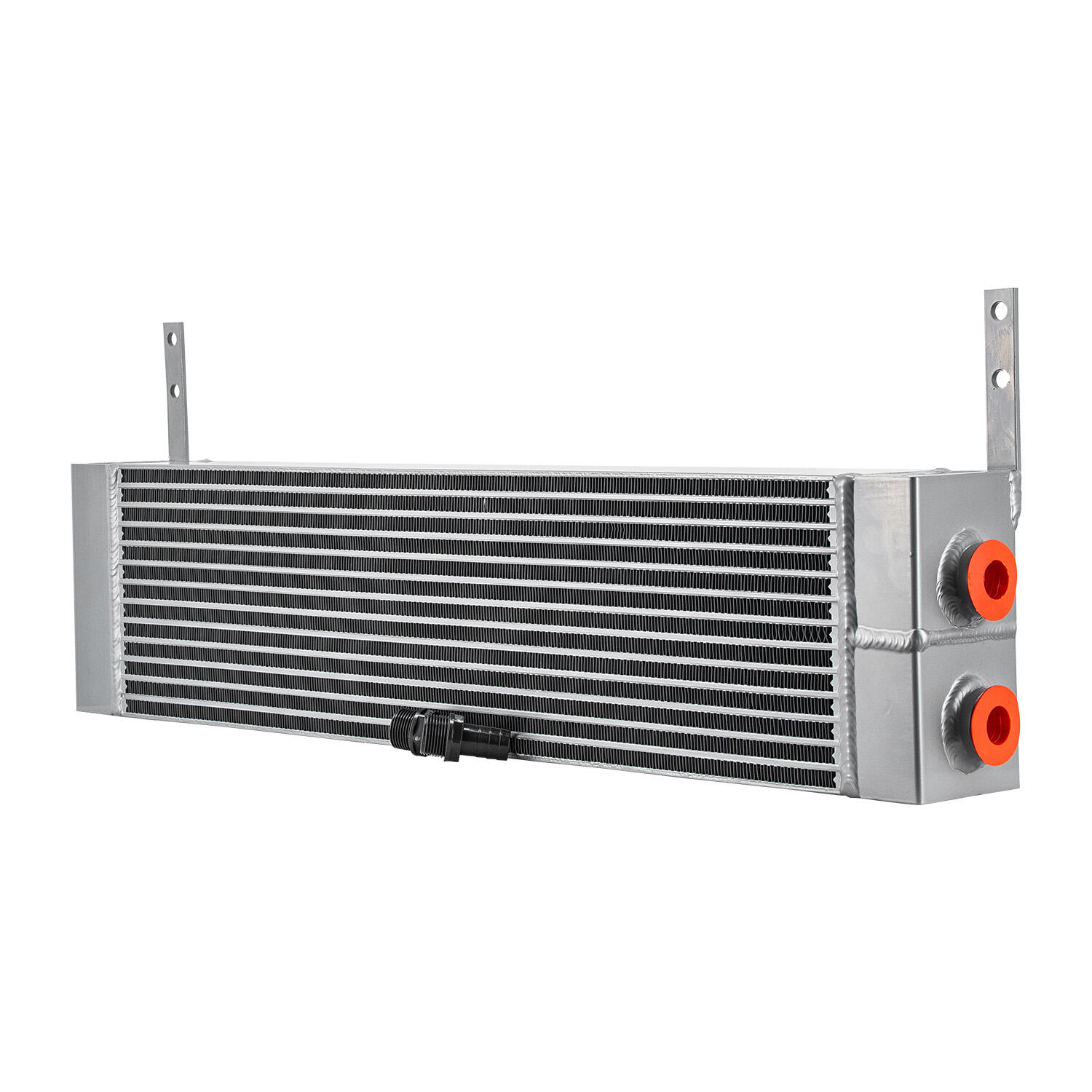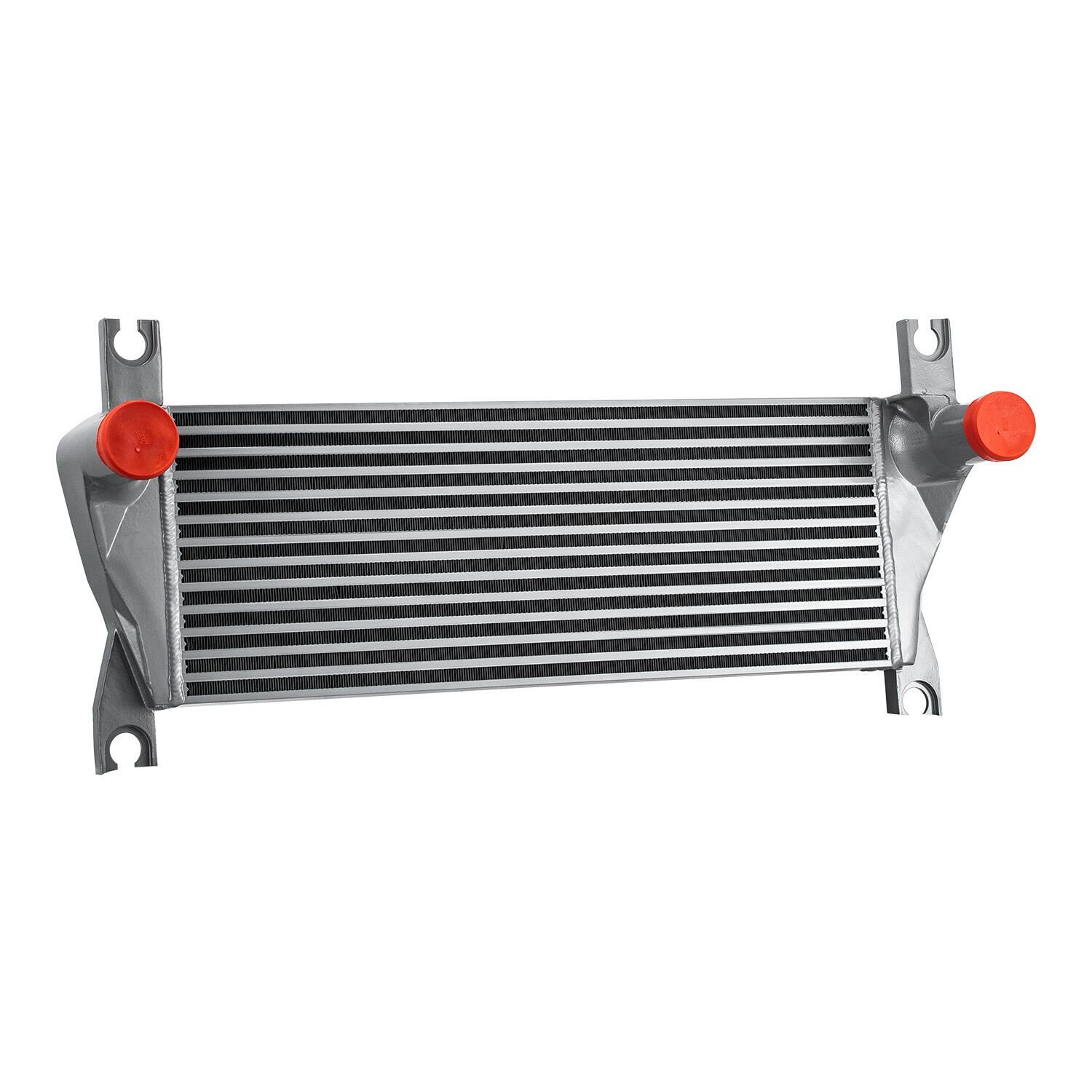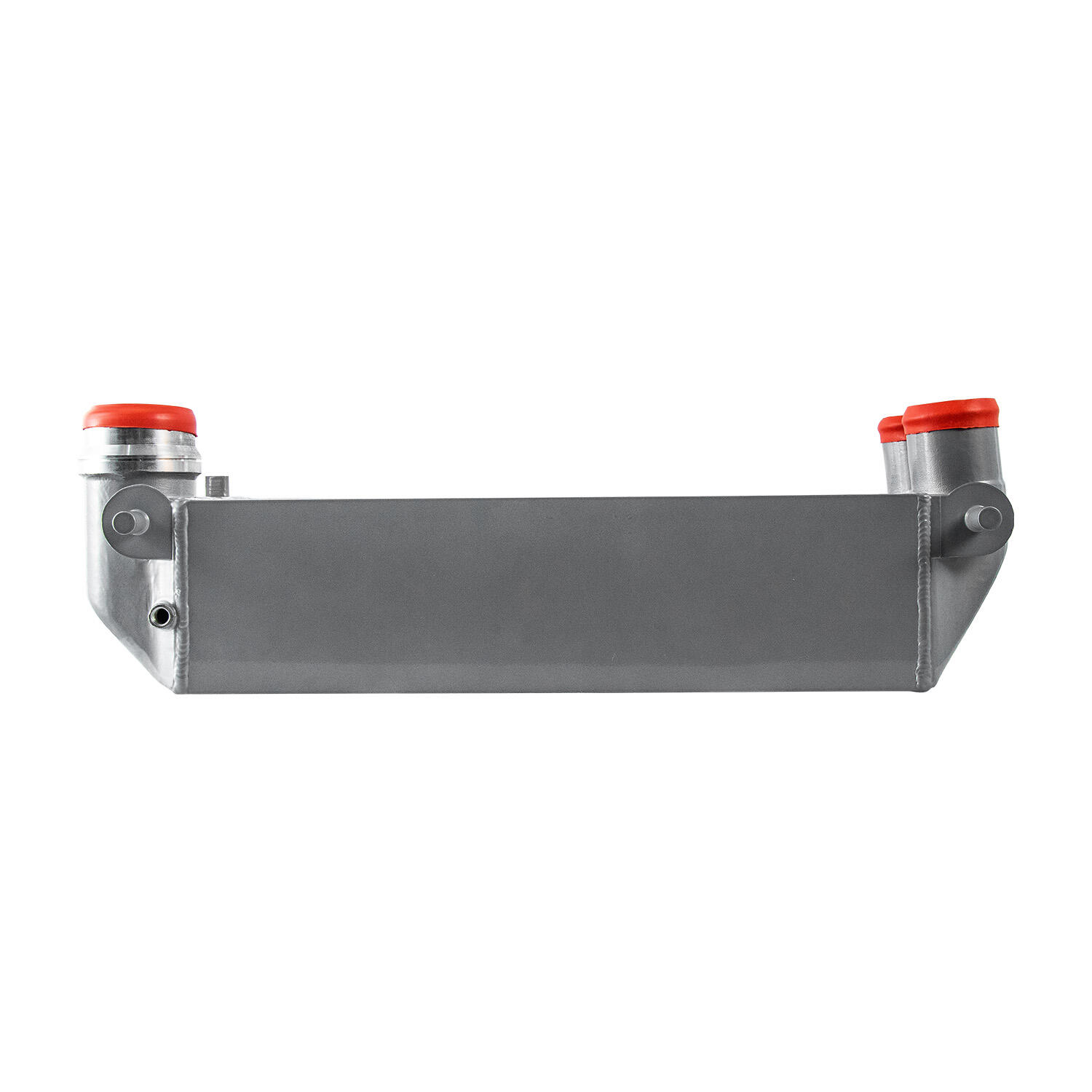supercharger intercooler
A supercharger intercooler is an essential component in forced induction systems that significantly enhances engine performance and efficiency. This sophisticated cooling device is designed to lower the temperature of compressed air before it enters the engine's combustion chamber. When air is compressed by a supercharger, it becomes hot, which reduces its density and oxygen content. The intercooler addresses this issue by cooling the compressed air, making it denser and oxygen-rich. This process allows for more efficient combustion and increased power output. Modern supercharger intercoolers utilize advanced heat exchanger technology, typically featuring aluminum construction with internal fins that maximize heat dissipation. They can be either air-to-air systems, which use ambient air for cooling, or air-to-water systems, which employ liquid coolant. The placement of intercoolers is strategically determined to optimize airflow and minimize pressure drop, usually positioned between the supercharger and the engine's intake manifold. This vital component has become increasingly important in modern high-performance vehicles, where power output and efficiency are paramount considerations.


